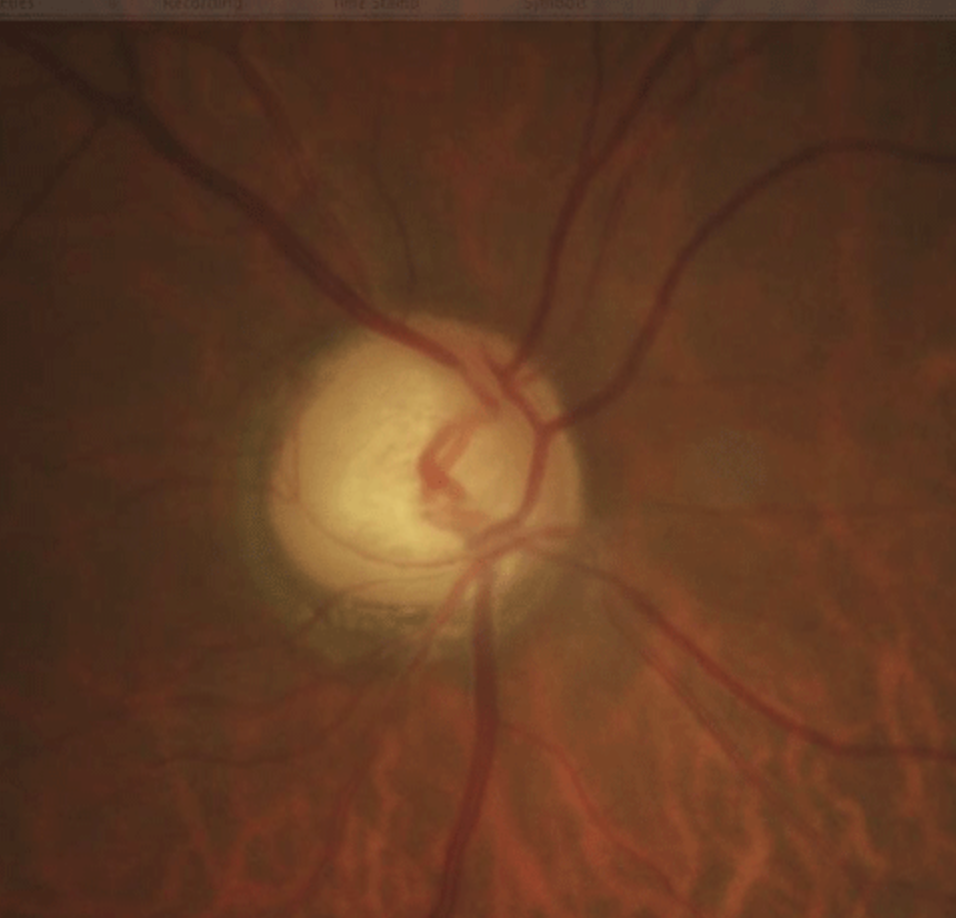 |
|
After five years, more than five times as many eyes with higher baseline IOP had progressed in the mono-treated group than in the multi-treated group. Photo: Justin Cole, OD, and Jarett Mazzarella, OD. Click image to enlarge. |
Since there is no general agreement as to how to set a correct target intraocular pressure (IOP) at diagnosis, one might hypothesize that an intensive initial treatment strategy might be more effective than the commonly used escalating strategy. Researchers in Sweden started the Glaucoma Intensive Treatment Study (GITS) with the aim of studying the effect of intensive initial treatment in comparison with the common escalating strategy starting with a single IOP-lowering drug. Their investigation, which was published in American Journal of Ophthalmology last Friday, compared and reported the effects of the two treatment strategies on the progression of visual field (VF) damage. The VF status after five-years of follow-up was always better in the multi-treated group. Progression event analyses revealed a clearly favorable effect of multi-treatment, particularly in participants with higher pre-treatment IOP values. Nevertheless, there was no difference between treatment groups among participants with lower untreated IOP levels.
A total of 242 patients with newly detected early or moderate untreated open-angle glaucoma were randomly allocated (1:1) to either initial treatment with intensive IOP-lowering medications followed by 360° laser trabeculoplasty or to traditional monotherapy, which was increased when deemed necessary. The median untreated IOP was 24mm Hg in both treatment groups. During follow-up, median and mode IOP was 17mm Hg in the mono- and 14mm Hg in the multi-treated groups.
In the mono-treated group, the median VF index at projected end of life was 79.3%, and in the multi-treated group 87.1%. The annual rate of progression of visual field damage was faster in mono-treated than in multi-treated participants; median losses per year were 0.65 and 0.25 percentage units respectively. Progression events occurred in 21% of the mono- and in 11% of the multi-treated participants. Adverse events, mostly mild, were reported in 25% of the mono group, and in 36% of the multi-treated group. Differences in VF outcomes between the two were more pronounced in participants with higher baseline IOP, defined by the median split of untreated IOP values.
“In conclusion and based upon the results of this study, initial intensive treatment may be considered in glaucoma patients with high untreated IOP at diagnosis, while we have found no evidence that multi-therapy should be given routinely to all glaucoma patients,” the study authors wrote in their paper.
Bengtsson B, Heijl, Aspberg J, et al. The Glaucoma Intensive Treatment Study (GITS): a randomized controlled trial comparing intensive and standard treatment on five years visual field development. Am J Ophthalmol. June 21, 2024. [Epub ahead of print]. |


